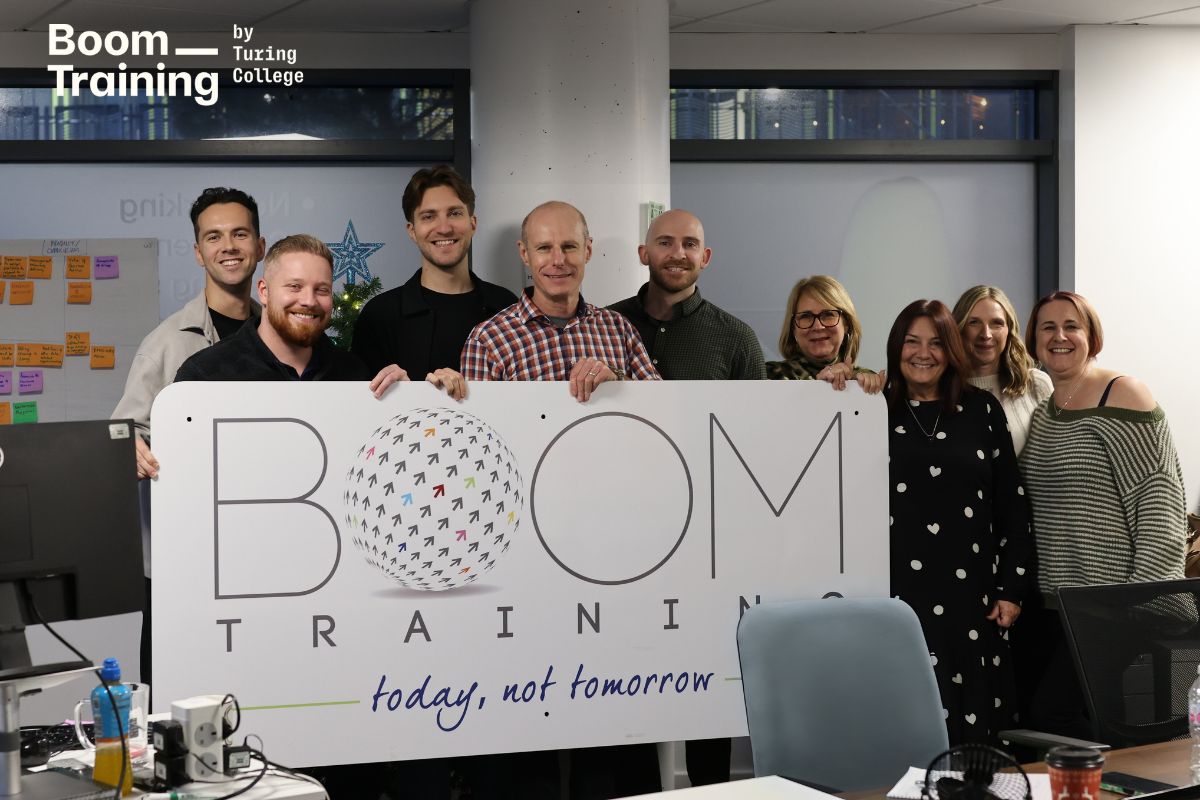The growth of video conferencing: Opportunities and challenges

@DerbyUni – Since the onset of the coronavirus pandemic, video conferencing has become the communication tool of choice for many people, both personally and professionally. Here Dr Jane Montague, Head of Psychology at the University of Derby, and BSc (Hons) Psychology students Beatrice Henshaw and Sheela Payne, explore the opportunities and challenges the growth of video conferencing has brought and how it is affecting individuals’ lives.
The growing availability of video conferencing has enabled less physically-able members of families, or those who are/were shielding, to spend time together in the absence of in-person opportunities, which has meant, at least for some, that the isolation and loneliness they might have experienced has been somewhat alleviated.
Much media coverage has focused on the preferred tools (Zoom, Webex, Teams and Skype to name but a few) as well as the activities that have been enabled – quizzes, family bingo, art gallery trips and so on – in addition to regularly catching up and chatting with family and friends. This has been reported to bring families closer together during times of celebration (Ramadan, for example) while also benefitting those who would not usually utilise online communication.
In some professional spaces there has been a move to using video conferencing more widely. This has been particularly implemented in holding meetings where face-to-face options are no longer available. Research into the uninterrupted continuation of working lives facilitated through video-conferencing tools has begun to appear. Some evidence, for example, demonstrates that a culture shift from telephone to video-calling facilitates better working relationships, easier communication and promotes opportunities for collaboration; this benefits the employer as it provides a more inclusive means of their employees continuing their roles.
The growth of video conferencing
The growth has also been shown to have aided those in remote areas to be integrated into meetings more readily. This has meant that a greater number of individuals have been able to transition into the online workspace necessitated by the physical limitations imposed by the pandemic. This removal of barriers to work for those who have competing demands on their time, who might not fit the usual ‘norm’ of the working day/week, or who are geographically isolated, has been beneficial in facilitating the continuation of business in a number of organisational contexts.
Things are not all positive, however. Although time spent physically moving between meetings is unnecessary, the oftentimes intermittent nature of connectivity in the online sphere means that levels of efficiency become differently challenged. It is also more tiring focusing on the small interactional space available in an online meeting and the loss of the full sensory experience of being in a face-to-face setting can disrupt concentration.
Creating an equal balance of voices
Another challenge to the success of online workplace interactions is the emphasis on the struggle to create an equal balance between different voices. Much research that focuses on offline workplace interactions reports on difficulties that women have on being heard within meetings. The dominance of men’s voices in workplace settings has long been a focus of research, with some showing that women’s ideas and contributions are less clearly represented in those settings. Similarly, in online settings it seems women often find it harder to be heard, men are reported to talk over each other, and it seems women are more negatively impacted by the lack of non-verbal and body language cues. This means that maintaining/gaining a presence in conversation can be problematic and some women are less likely to speak up than they might when face-to-face.
Training in this new working environment seems to be lacking for many people and reports suggest that there are a variety of ways in which individuals can be helped to feel more confident in these online spaces. These initiatives should include training to use the conferencing tools themselves, each of which is slightly different. However, training should not be limited to these and aspects such as responsibility, engagement, and best ways of responding during online meetings should also be a focus.
Balancing work requirements with individual’s home lives
In addition to challenges people find around accommodating the variety of work requirements they might have, it is important to take account of other aspects of individuals’ lives, particularly at the current time with schooling/childminding/caring demands to balance. Consideration should be given of the potential for increased stress levels, such as in relation to working with the technology, one’s appearance when constantly expected to be on camera and juggling competing demands on time and attention. Accommodation of these should be incorporated into training.
Awareness should also be raised in relation to the unconscious biases that might accompany video conferencing. Gender differences in interactional styles are discussed above, but account should also be taken of different cultural and lifestyle aspects that can impact on an individual’s confidence in engaging in this context. Research suggests that little attention is paid to those who are part of the LGBT+ community and articles reviewed focused on the binary male/female that is often seen in the media. These limitations in research, and often in understanding of individuals’ differing contexts, must be focused on as these ways of working develop.











Responses